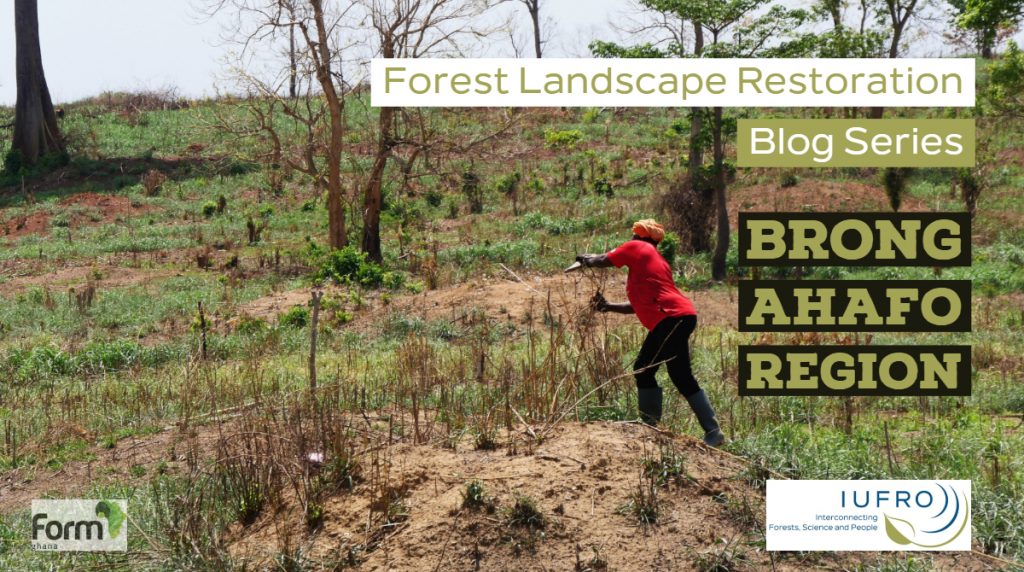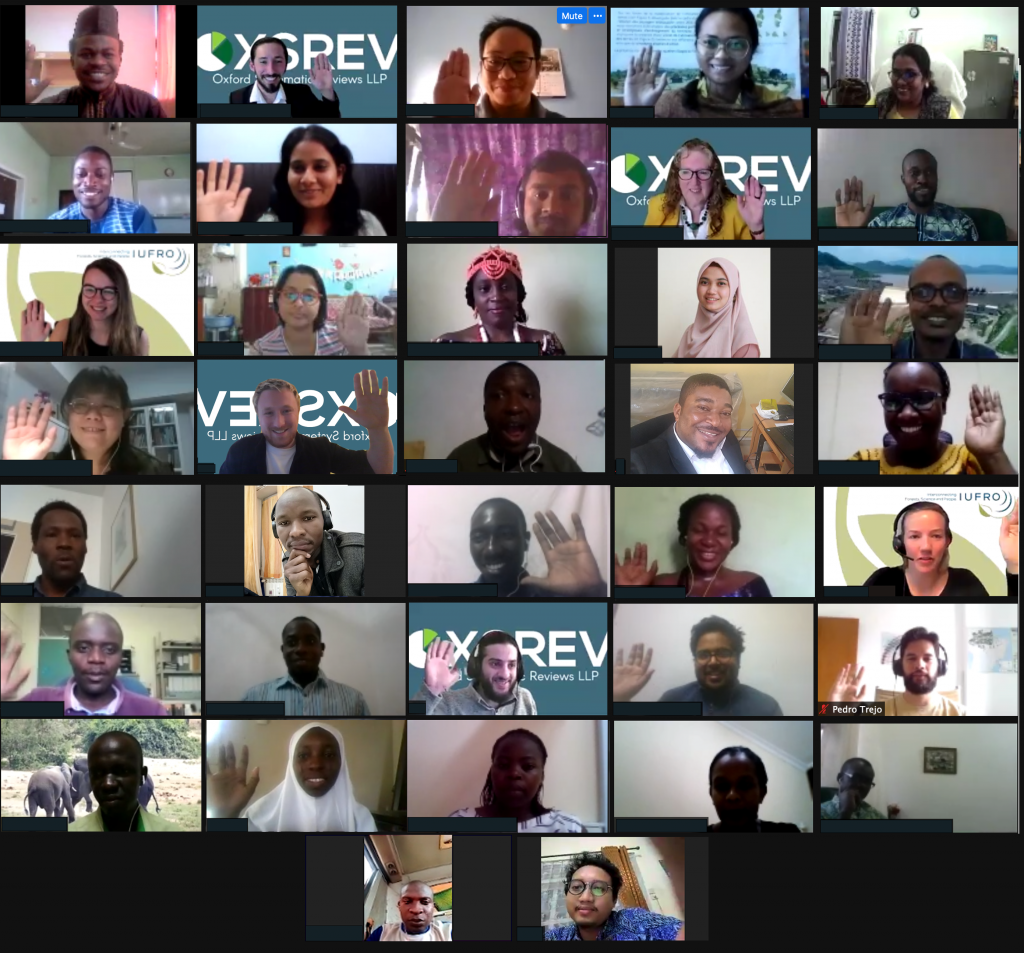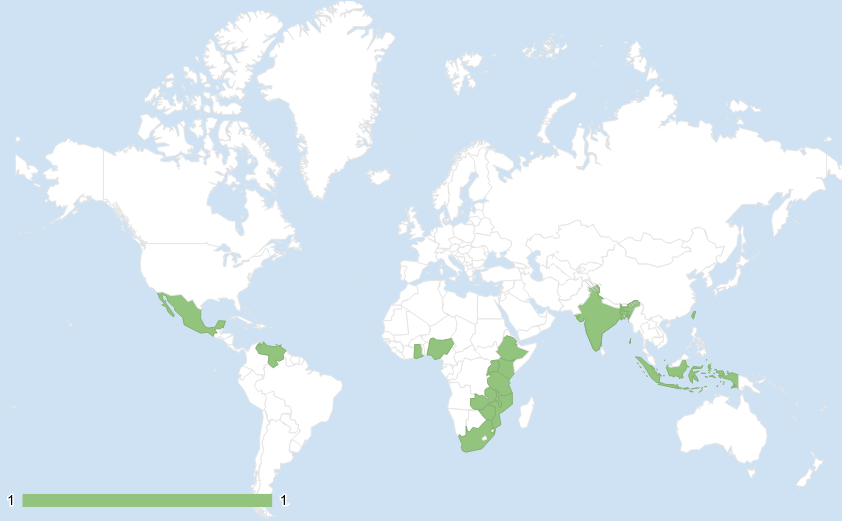Promoting Forest Restoration in the Pacific Lowlands of Guatemala
Promoting Forest Restoration in the Pacific Lowlands of Guatemala
Launch of the GLFx South Coast Guatemala Chapter, an initiative of the Private Institute for Research on Climate Change (ICC), the National Forests Institute (INAB) and IUFRO
As part of the celebration for the renewal of the agreement between ICC and INAB for five more years, on Wednesday, 1 June, a reforestation day was held with the South Coast Restoration Network of Guatemala in Santa Lucia Cotzumalguapa, Escuintla. The event offered an ideal setting for presenting the GLFx South Coast Guatemala Chapter.
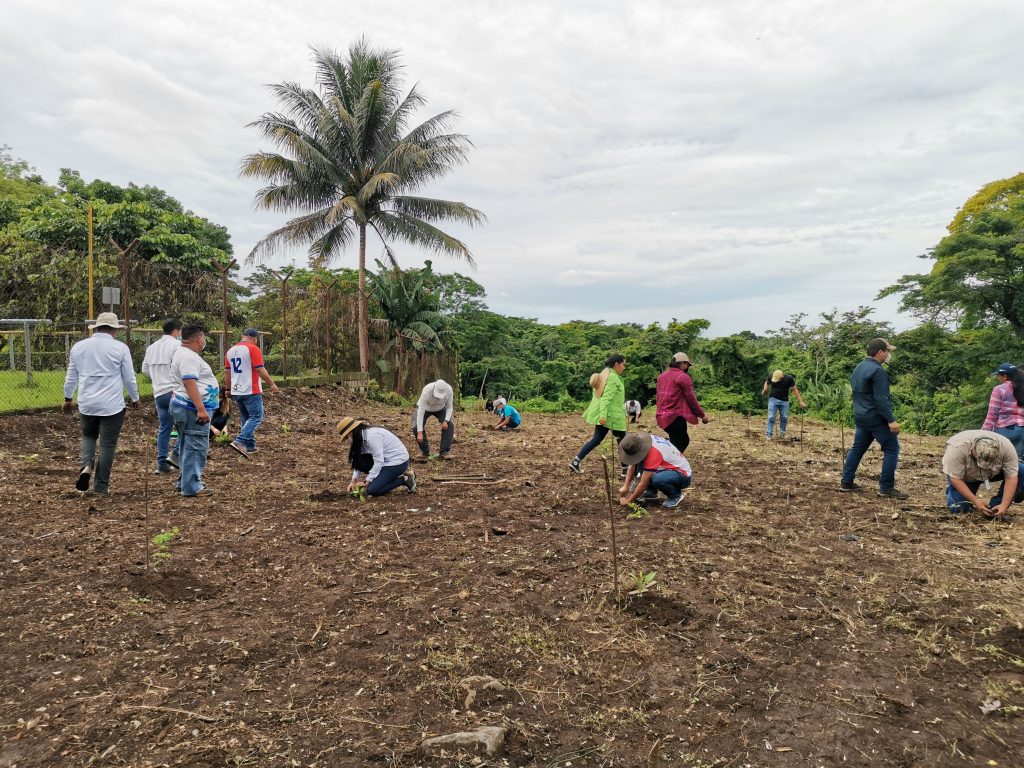
During the reforestation day 300 trees were planted with a symbolic meaning: to highlight the joint work that ICC and INAB have done since 2011, including the implementation of 590 nurseries, the production of more than 9 million trees, and the creation of the South Coast Restoration Network of Guatemala, in which government actors, private sector, academia, municipalities, NGOs, communities and international partners participate. The event was attended by authorities and members of the ICC, INAB, the Madre Tierra sugar production company, and the Southwest University Center – CUNSUROC of the University of San Carlos of Guatemala – USAC, among others.
Supporting the Forest Science Community in Economically Disadvantaged Countries
Supporting the Forest Science Community in Economically Disadvantaged Countries
An Interview with Michael Kleine and Janice Burns, Coordinator and Deputy Coordinator, respectively, of IUFRO’s Special Programme for Development of Capacities (IUFRO-SPDC)
https://www.iufro.org/science/special/spdc/
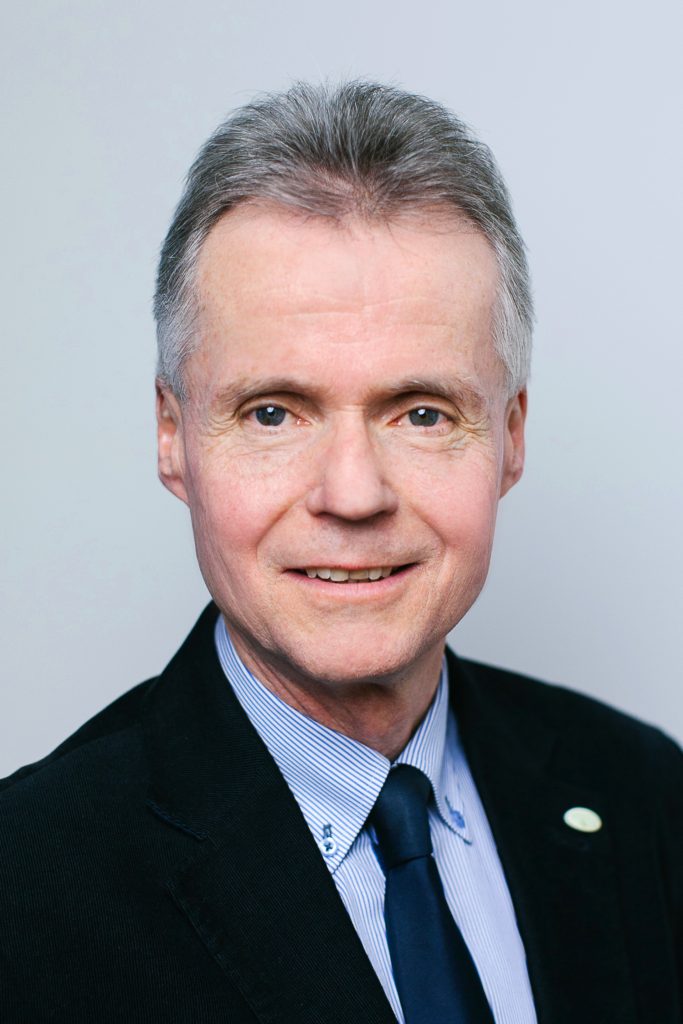
Michael Kleine has been the Coordinator of IUFRO-SPDC since 2001 and Deputy Executive Director of IUFRO since 2010. He is a forestry graduate of the University of Natural Resources and Applied Life Sciences (BOKU), Vienna, Austria, from where he also obtained his doctoral degree and habilitation in Silviculture. During his career he has participated in natural forest research and management, and rural development through residential assignments in Austria, Pakistan and Malaysia. He also worked as free-lance forestry consultant for the German Development Agency GIZ, the FAO and the European Commission among others in Asia and Central America.
Doctor Recommended: Systematic Evidence Evaluation to arrive at the best decision
Doctor Recommended: Systematic Evidence Evaluation to arrive at the best decision
Systematic reviews originally emerged in the field of medical science to synthesize and evaluate all available evidence to arrive at the best (most informed) decision. This process, which brings together information from a range of sources and disciplines, also plays an important role in informing debates and decisions on forests and environment. With a view to improving forest policy and practice, the online course “Systematic Evidence Evaluation on Forest Landscape Restoration” was organized as a collaboration between IUFRO’s Special Programme for Development of Capacities (IUFRO-SPDC) and Oxford Systematic Reviews (OXSREV), from March 22nd-26th, 2021.
IUFRO Spotlight #87 – Getting everyone on board to succeed in forest landscape restoration
IUFRO Spotlight #87 – Getting everyone on board to succeed in forest landscape restoration
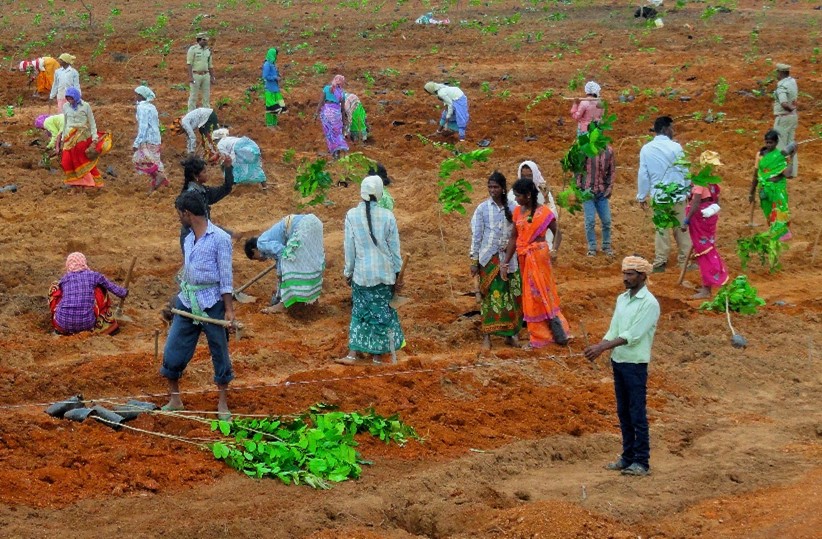
Photo: Forest College & Research Institute, Telangana, India
The world is degraded. Worldwide, according to a 2018 UNESCO publication, land degradation affects 3.2 billion people – about 40% of humanity.
The degradation is human caused, drives species extinction, intensifies climate change, and adds to mass human migration and increased conflict, the report indicated.
So, a critical question becomes: how do we build or, perhaps more accurately, rebuild a sustainable world?
Read more…Seeing the forest for the trees
Seeing the forest for the trees
Guest blog via Sri Lanka’s Ecosystem Conservation and Management Project ESCAMP; first published on Seeing the forest for the trees – ESCAMP
Forty Forest Department’s and other stakeholders participated in a training
organized and financed by International Union of Forest Research Organizations (IUFRO)
learning best restoration practices of forest landscapes

IUFRO-SPDC strengthens skills needed in an increasingly complex world (online)
IUFRO-SPDC strengthens skills needed in an increasingly complex world (online)
The online course “Systematic Evidence Evaluation on Forest Landscape Restoration” was organized as a collaboration between IUFRO’s Special Programme for Development of Capacities (IUFRO-SPDC) and the University of Oxford in the UK, and took place between the 12th and 16th of October 2020.
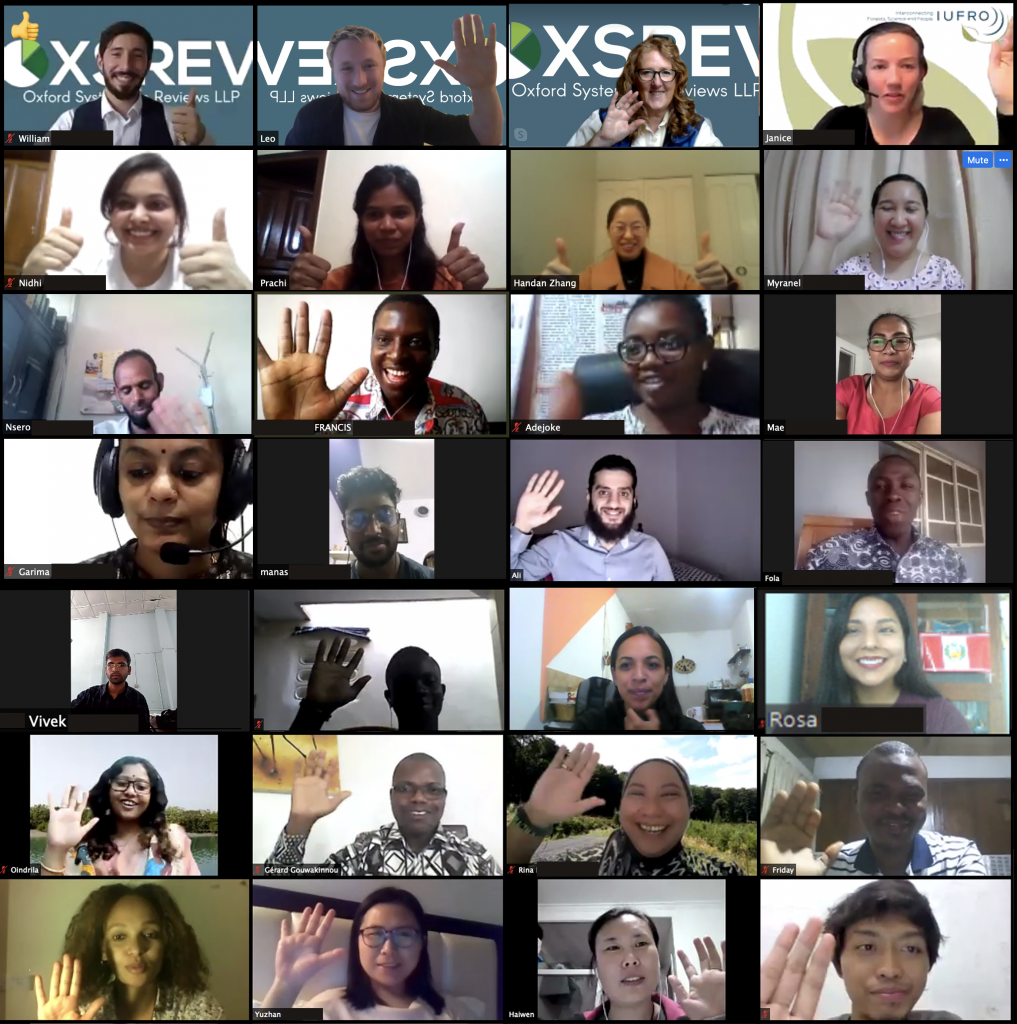
The subject of systematic evidence has become increasingly important in the last decade. The world is becoming more and more complex, and that asks for adequate policy making and smart management decisions. This course gives way to methods of evidence evaluation that support and encourage appropriate and accurate policy decisions and actions that can be taken about forests and forest-related land use.
Read more…Spotlight #82 – More local involvement one key to FLR success
Spotlight #82 – More local involvement one key to FLR success
“What we’ve got here is failure to communicate.”
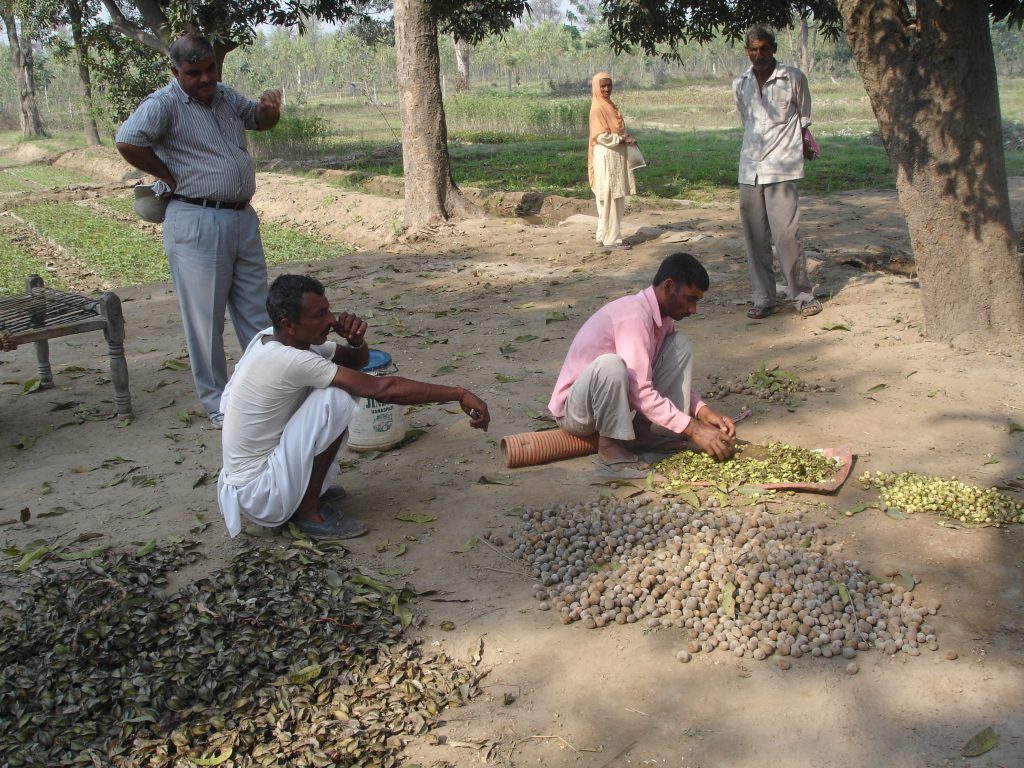
That classic line from the Paul Newman movie, Cool Hand Luke, has since become a catch phrase to describe situations – some comical, others quite serious – that go awry when people aren’t on the same page.
Used in its more serious sense, that phrase can explain the failure of many Forest Landscape Restoration (FLR) projects.
Read more…It Takes a Global Village to Plant and Manage a Trillion Trees
It Takes a Global Village to Plant and Manage a Trillion Trees
Author: Dr. John A. Stanturf
John Stanturf is a Visiting Professor at the Estonian University of Life Sciences, Tartu, Estonia, and Senior Restoration Specialist at InNovaSilva, Vejle, Denmark.
He is Deputy Coordinator of the IUFRO Task Force on “Transforming Forest Landscapes for Future Climates and Human Well-Being”.
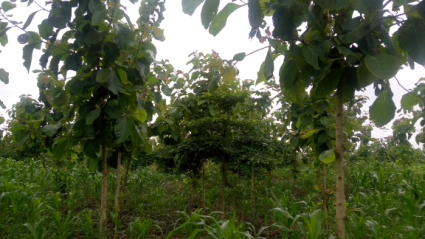
Tree planting to combat climate change is wildly popular. Several countries and many organizations talk about planting billions or trillions of seedlings. Contrary viewpoints have also hit the popular press and scientific journals, pointing out that the need to reduce GHG emissions still remains the greatest challenge. Overlooked in many of these high profile news items is the reality that tree planting is not a simple activity; to be successful, we must plant the right trees, in the right places, at the proper time for young seedlings to prosper, grow, and eventually provide multiple benefits including biodiversity. Because it takes several decades until restored forests reach desired carbon sequestration levels, long-term management of forests and trees is key. And establishing new forests is even more complicated; successful tree planting requires planting stock grown with specific traits to meet the challenges of particular sites and the restoration objectives. Focusing only on planting ignores everything that is needed to get to the point of planting seedlings, including seed collection, processing, and nursery practices through to caring for seedlings after planting.
IUFRO Spotlight #76 – Transforming Forest Landscapes to Meet Current and Future Needs and Challenges
IUFRO Spotlight #76 –Transforming Forest Landscapes to Meet Current and Future Needs and Challenges
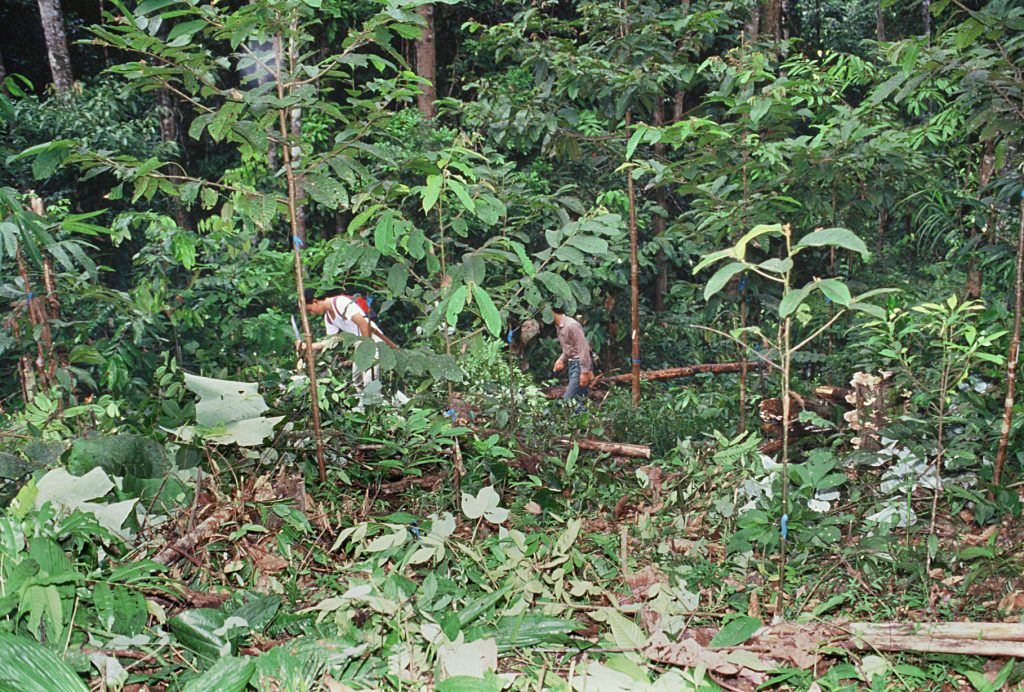
“Forest landscapes (FLs) are often the basis of local economies and social identity,” said Professor Andreas Bolte, Head of Institute at the Thünen Institute of Forest Ecosystems in Eberswalde Germany.
“In past, many forests have been heavily degraded by unsustainable practices, and today they are still under heavy pressure worldwide through the loss and degradation of forests, conversion to other land uses and, increasingly, climate change,” he said.
Read more…Ghana: communication with stakeholders helps to keep them engaged and active in forest restoration projects
Inside the forest. Wind blows. Leaves dance in synchronized movement. Joy with the result of protecting and restoring degraded forests.
“I was directly involved in the land preparation, planting, and maintenance of the trees together with crops,” said one of the female farmer participants of the forest landscape restoration (FLR) project in Ghana.
